This article gives an overview of the shingle, strandline and sand-dune communities in the British National Vegetation Classification system.
NVC community H5 is one of the heath communities in the British National Vegetation Classification system. It is one of three communities which are considered transitional between the lowland dry heaths and the wetter communities classified in the NVC as mires.

Ditchling Beacon is the highest point in East Sussex, England, with an elevation of 248 m (814 ft). It is south of Ditchling and to the north-east of Brighton. It is a large chalk hill with a particularly steep northern face, covered with open grassland and sheep-grazing areas. It is the third-highest point on the South Downs, behind Butser Hill and Crown Tegleaze.

Stigeoclonium is a genus of green algae in the family Chaetophoraceae.

The Giardino Alpino Paradisia or Jardin alpin Paradisia (French), is an alpine nature preserve and botanical garden located at 1700 meters altitude in the Gran Paradiso National Park at Valnontey, Cogne, Aosta Valley, Italy. It is open daily in the warmer months.

Clayton to Offham Escarpment is a 422.5-hectare (1,044-acre) linear biological Site of Special Scientific Interest (SSSI) which runs from Clayton in West Sussex to Lewes in East Sussex. Its ownership and management is divided between over fifteen landowners and farmers. Parts of Ditchling's Downs, e.g. TQ 323 133, and the scarp between Blackcap and Mount Harry, e.g. TQ 378 124, are owned by the National Trust. What remains of Ditchling Tenantry Down common at Ditchling Beacon is leased to the Sussex Wildlife Trust.
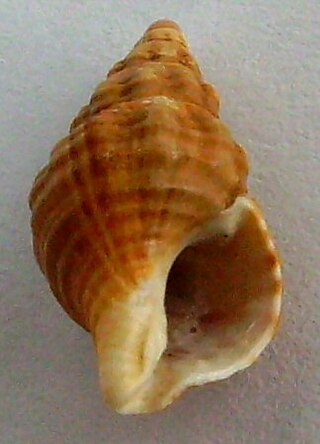
Buccinulum is a genus of sea snails, marine gastropod molluscs in the family Buccinidae, the true whelks.

The native flora of Saskatchewan includes vascular plants, plus additional species of other plants and plant-like organisms such as algae, lichens and other fungi, and mosses. Non-native species of plants are recorded as established outside of cultivation in Saskatchewan, of these some non-native species remain beneficial for gardening, and agriculture, where others have become invasive, noxious weeds. Saskatchewan is committed to protecting species at risk in Canada. The growing season has been studied and classified into plant hardiness zones depending on length of growing season and climatic conditions. Biogeographic factors have also been divided into vegetative zones, floristic kingdoms, hardiness zones and ecoregions across Saskatchewan, and natural vegetation varies depending on elevation, moisture, soil type landforms, and weather. The study of ethnobotany uncovers the interrelation between humans and plants and the various ways people have used plants for economic reasons, food, medicine and technological developments. The Government of Saskatchewan has declared 3 indigenous plants as provincial symbols.
Feather moss, or Hypnales, is an order of leafy mosses.
Elsa Cecilia Nyholm (1911–2002) was a Swedish botanist, in particular bryologist, and researcher at Lund University and the Swedish Museum of Natural History.
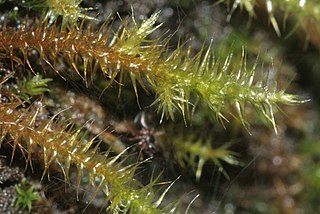
Amblystegiaceae is a family of mosses. It includes 20 to 30 genera with a total of up to 150 species. They occur nearly worldwide, growing in tropical, temperate, and subpolar regions.

Triplophyllum is a genus of ferns in the family Tectariaceae, according to the Pteridophyte Phylogeny Group classification of 2016 (PPG I).
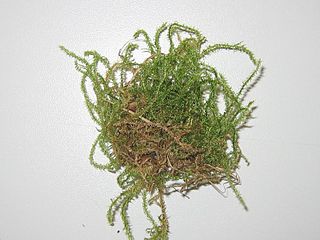
Campylium stellatum is a species of moss belonging to the family Amblystegiaceae.
Campylium elodes is a species of moss belonging to the family Amblystegiaceae.
Campylium is a genus of mosses belonging to the family Amblystegiaceae.
Campylium polygamum is a species of moss belonging to the family Amblystegiaceae.
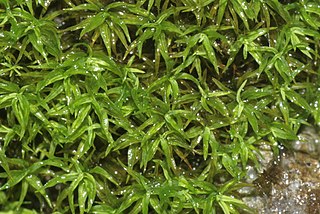
Trichostomum is a genus of mosses belonging to the family Pottiaceae.
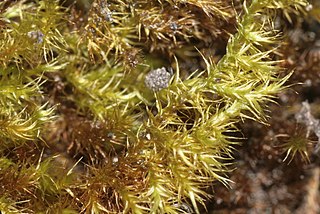
Campylium chrysophyllum is a species of moss in the Amblystegiaceae family. It has a cosmopolitan distribution.









